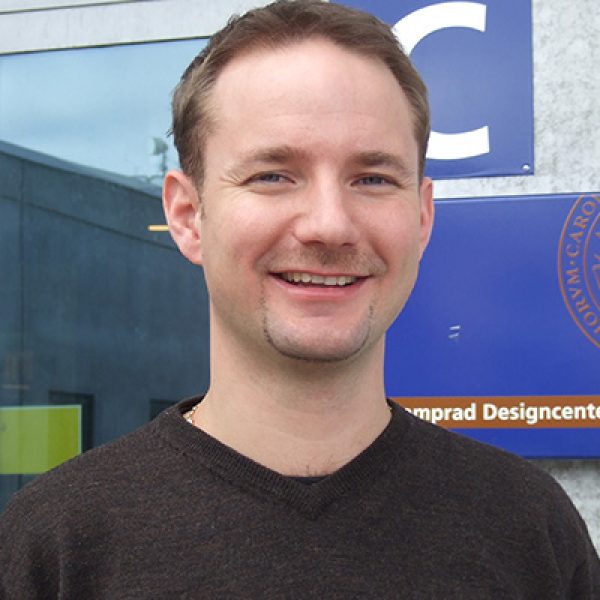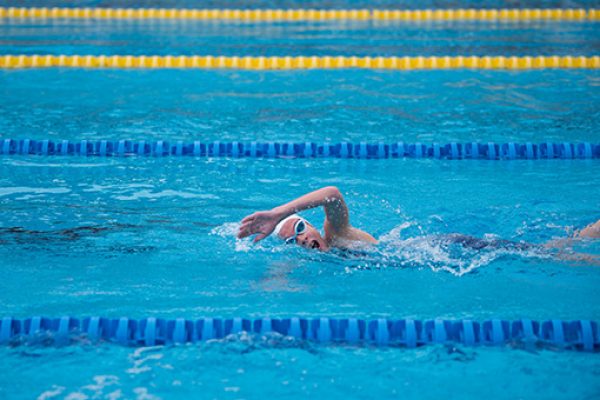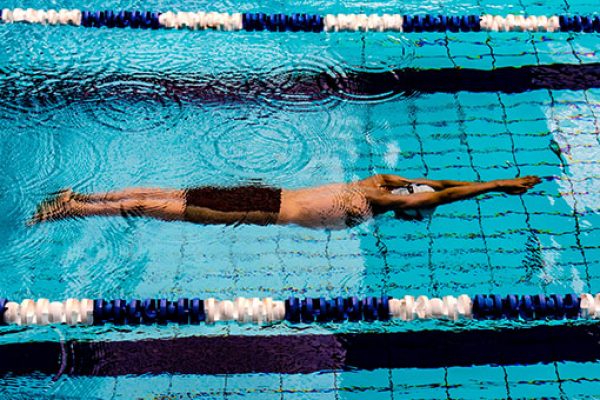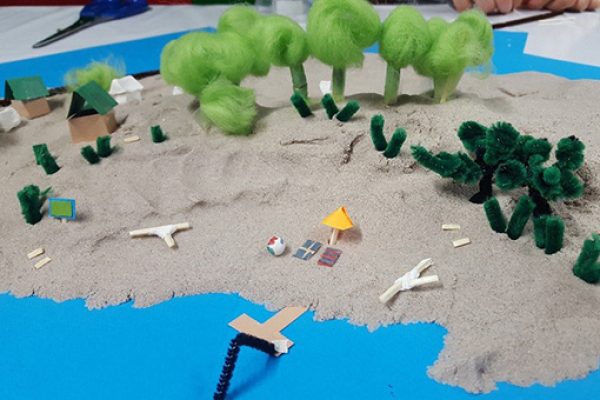Introduction
This research project investigated how different health, lifestyle and environmental factors can explain socioeconomic differences between children’s swimming abilities in Sweden.
Swimming abilities impact how people enjoy and interact with urban blue environments like rivers, lakes and coastlines. Swimming is also a potentially life-saving skill, so learning to swim at an early age can help to prevent future drowning.
While it is part of the school curriculum in Sweden, swimming abilities in the city of Malmö vary between municipalities. Research has found that children in lower socioeconomic communities have lower abilities.
This project investigated to what extent health and lifestyle factors can explain the socioeconomic gradients of swimming abilities. This was achieved by monitoring children’s eating, sleeping and physical activity habits, and social and working environments at both school and home.
Research highlights
- Children’s lower socioeconomic status at an individual and school level was associated with lower swimming abilities.
- Social support, self-reported optimism for the future, and active lifestyles impacted children’s swimming skills.
- Interventions to improve children’s swimming abilities in lower socioeconomic neighbourhoods should be in addition to children’s school swimming lessons and target the whole family.
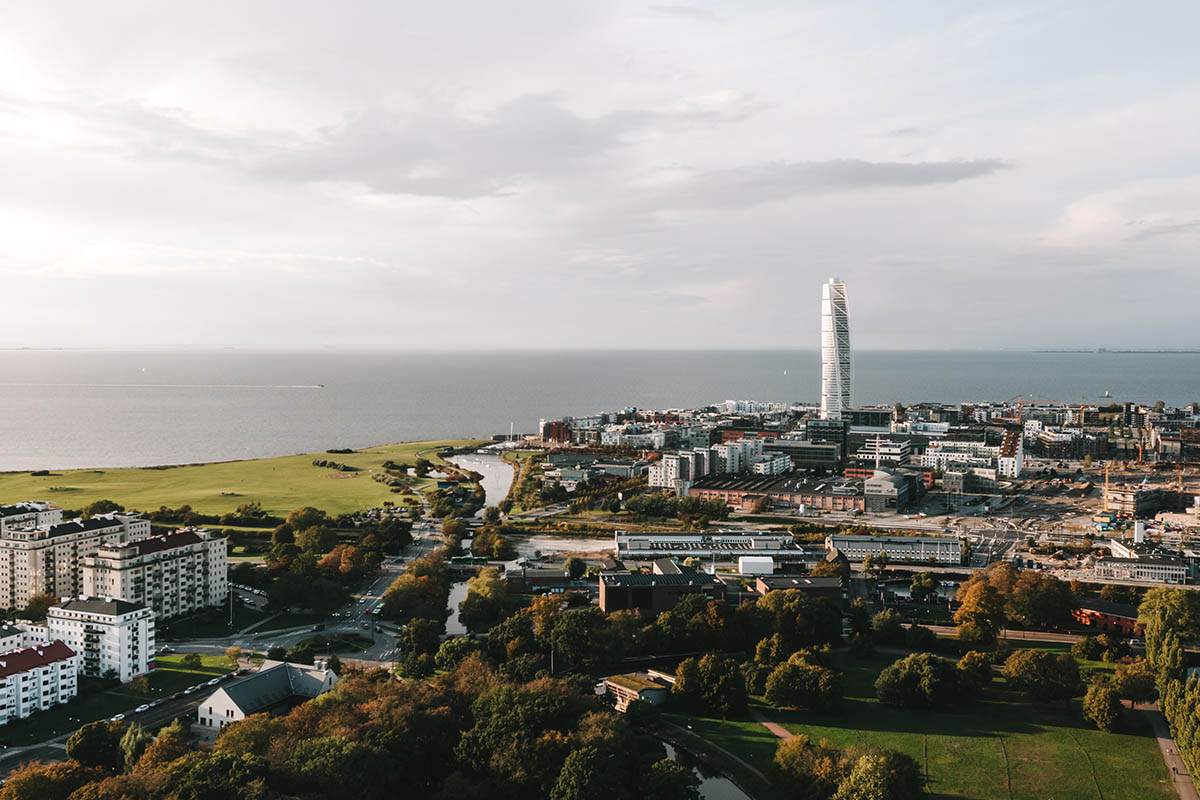
The city of Malmö is a coastal city in southern Sweden.
Methodology
Our study included children who started their first-grade school-year in 2012 or 2013 at any of the public primary schools of Malmö, Sweden.
We included cross-sectional, self-reported questionnaire-based data about health status and swimming ability in the fourth grade (age 10) from the Pupil Health Database (ELSA) for 3,468 children.
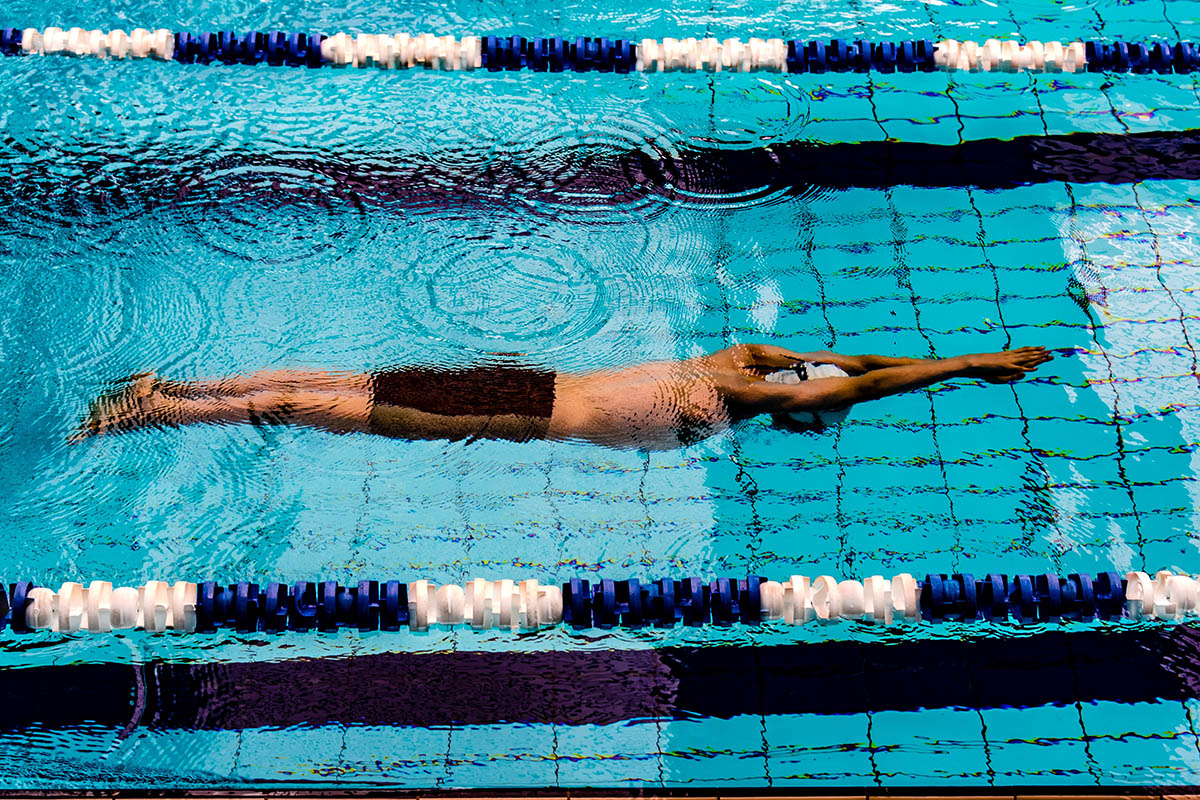
Swimming abilities in children could be linked to socio-economic differences.
Results
The results of this investigation found:
- Children’s self-reported swimming ability was strongly associated with both individual- and school-based sociodemographic variables.
- Nine health, lifestyle and environmental variables were identified as potential mediators and included in the final model.
- Four of these variables, “Activity”, “Outdoor time”, “Social relationships at home and in the free time”, and “Positivity about future”, were significantly and positively associated with children’s swimming abilities.
Summary
This research has positively linked children with social support, optimism for the future and an active lifestyle with more advanced swimming skills. However, compared to the socioeconomic factors, these health and lifestyle factors contribute very little to the variations.
Investigating both the sociodemographic and health and wellbeing related variables appeared to increase the fit and the percentage of correctly classified estimates in our statistical model, compared to when only sociodemographic, variables were included in the model.
However, the difference between models was marginal. Striking associations between individual and school-level sociodemographic conditions and swimming abilities remained, even after the health and wellbeing factors were taken into account.
Recommendations
This research suggests that swimming interventions and additional lessons outside of school could help children in lower socioeconomic communities to improve their potentially life-saving swimming skills.
However, to maximise the impact of these interventions, they should target the whole family. This could help to increase the time families spend socialising and engaging in different kinds of water-based activities, benefiting the swimming skills of the whole family.
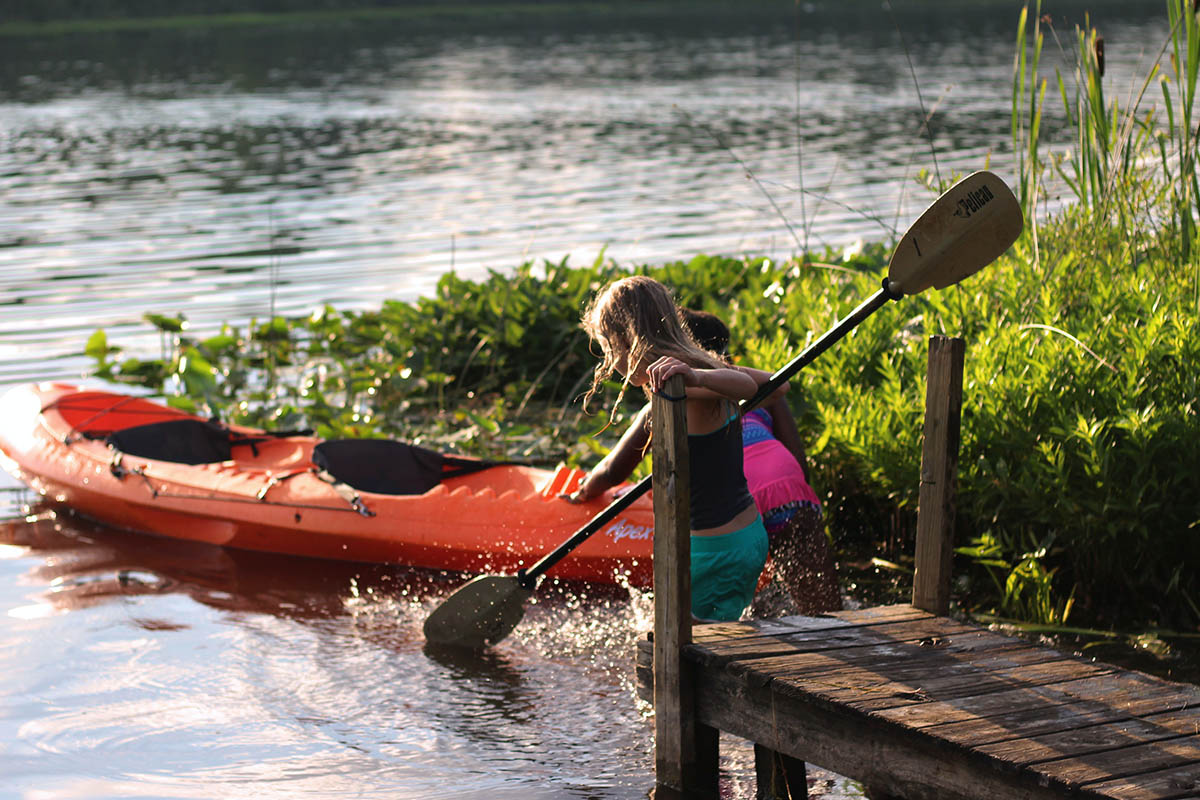
Swimming interventions could encourage families to participate in water-based activities.







